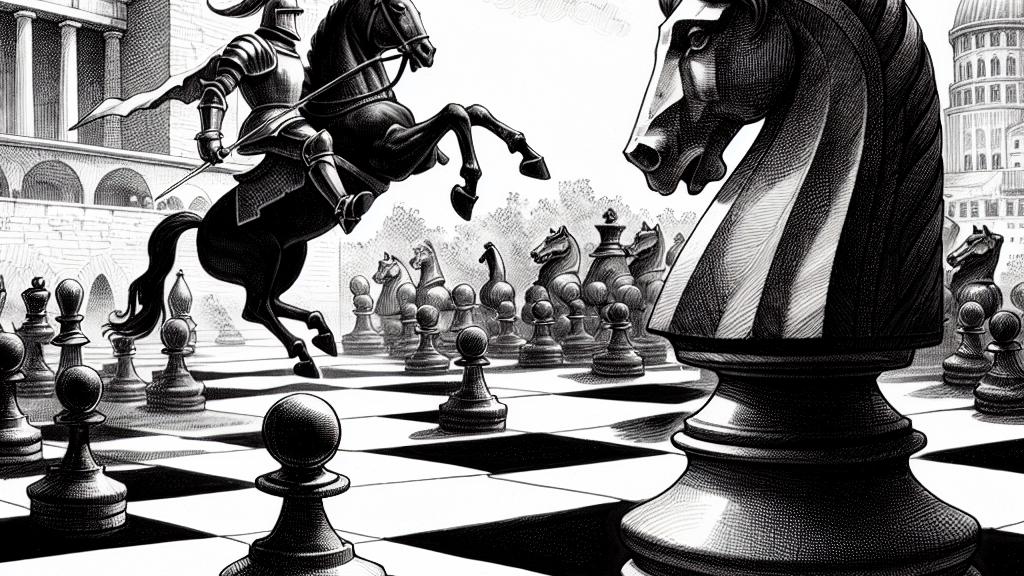How Fast Can a Knight Move Compared to a King?
Overview
- A fascinating mathematical study reveals that a knight can move approximately 1.85 times faster than a king on the chessboard.
- Introducing the concept of 'super-knights,' which allows for enhanced movement options and could make them nearly 2.9 times faster than the king.
- This research intertwines chess mechanics with broader mathematical concepts, including intriguing applications of the Fibonacci sequence.

Understanding the Speed Ratio
Based in Canada, a remarkable study by Christian Táfula Santos, a doctoral student at the University of Montreal, dives into the age-old question of speed between the knight and the king, two iconic chess pieces. The findings are quite eye-opening: the knight's flexibility allows it to traverse the chessboard approximately 1.85 times faster than the king! To visualize, imagine the knight swiftly reaching a specific square in about 13 moves, while the king, with its limited movement, lumbers along and takes roughly 24 moves to get there. This disparity highlights not just the knight’s unique maneuverability but also its potential strategic advantages—how fascinating is it that such a simple question about speed can lead to deeper implications in gameplay?
The Super-Knight Concept
Now, let’s turn our attention to the intriguing concept of the 'super-knight.' Picture this: instead of being confined to the conventional L-shaped movement, this innovative piece can move by a customizable number of squares in two different directions at once! For instance, if our super-knight opted to move 2 squares in one direction and 3 in another, its speed could soar, making it potentially 2.9 times faster than the king! This radical rethinking of chess piece movement not only adds excitement to the game but also elevates strategic possibilities. Just imagine—players could revolutionize their approach during matches, employing these super-knights to bewilder their opponents. The very nature of chess, a game steeped in tradition, could evolve in delightful ways!
Implications Beyond Chess
However, what makes Santos’ study truly remarkable is its relevance beyond the chessboard. The implications ripple through multiple domains of mathematics, weaving together elements of geometry, number theory, and even combinatorics. This research deeply intertwines the mechanics of chess with fundamental mathematical concepts, suggesting that even a game with centuries of tradition can propel fresh insights into scholarly research. Just think about this: the dynamics of chess pieces can shed light on complex mathematical theories! The study invites us to explore these connections further, emphasizing that the worlds of strategy and mathematics are not just distinct disciplines; they are intricately linked, opening up new avenues for exploration and discovery.

Loading...